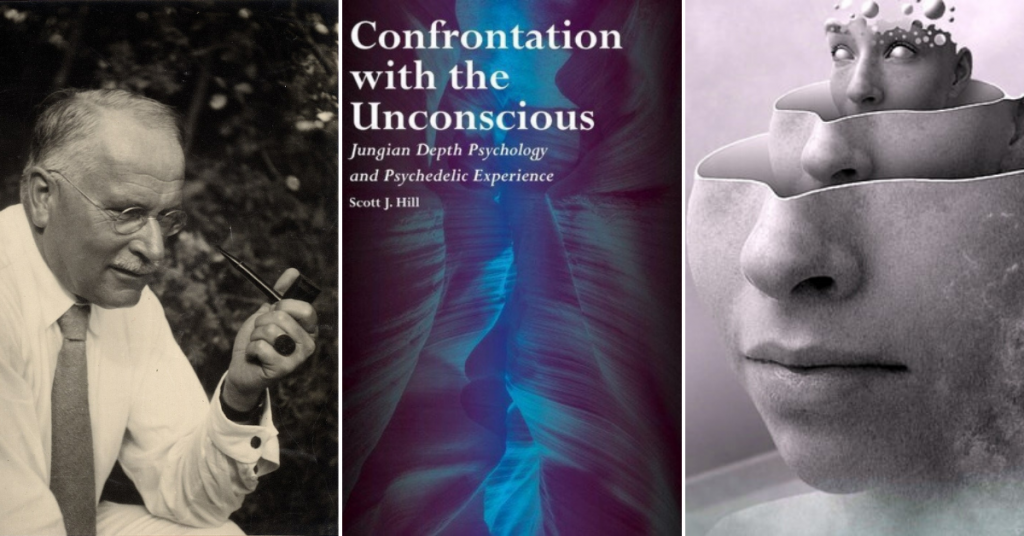Abstract
Background: Our sense of body ownership is profound and familiar, yet it may be misleading. In the rubber-hand illusion, synchronous tactile and visual stimulation lead to the experience that a rubber hand is actually one’s own. This illusion is emer in schizophrenia. Given the evidence that ketamine, a noncompetitive N-methyl-D-aspartate antagonist reproduces symptoms of schizophrenia, we sought to determine whether the rubber-hand illusion is augmented by ketamine.
Methods: We studied 15 healthy volunteers in a within-subjects placebo-controlled study. All volunteers carried out two versions of the rubber-hand task, each under both placebo and ketamine infusions. In one task, they saw a rubber hand being stroked in synchrony with tactile stimulation of their real, hidden hand. In the other, stroking of the real and rubber hands was asynchronous. We recorded subjective changes in sense of ownership, as well as participants’ ability to localize their hidden hand.
Results: Ketamine was associated with significant increases in subjective measures of the illusion and in hand mislocalization. Although asynchronous visuotactile stimulation attenuates the strength of the illusion during both placebo and ketamine, there remained a significant illusory effect during asynchronous visuotactile stimulation under ketamine compared with placebo. The strength of the illusion during asynchronous visuotactile stimulation correlated with other subjective effects of the drug.
Conclusions: Ketamine mimics the perturbed sense of body ownership seen in schizophrenia, suggesting that it produces a comparable alteration in integration of information across sensory domains and in the subjective and behavioral consequences of such integration.
Morgan, H. L., Turner, D. C., Corlett, P. R., Absalom, A. R., Adapa, R., Arana, F. S., … Fletcher, P. C. (2011). Exploring the impact of ketamine on the experience of illusory body ownership. Biological Psychiatry, 69(1), 35-41. http://dx.doi.org/10.1016/j.biopsych.2010.07.032
Link to full text

